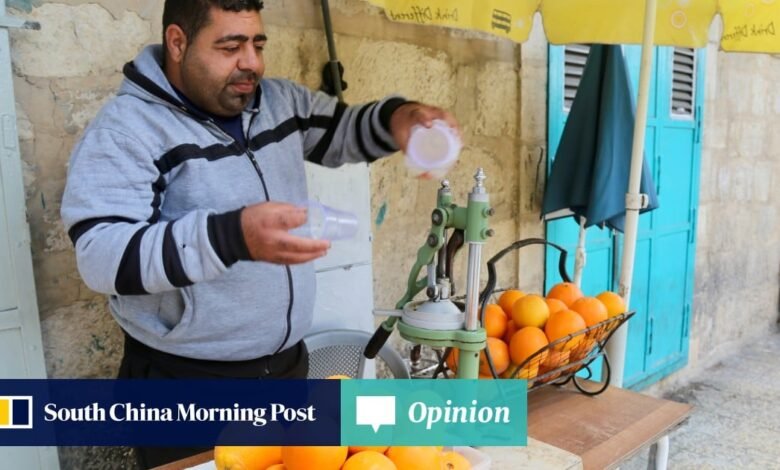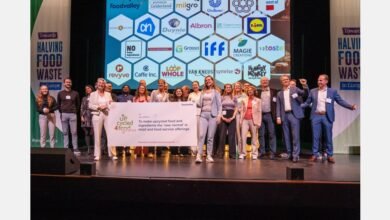Opinion | Oranges just the latest food hit by climate change. They won’t be the last

But global warming and the pests that thrive on a warmer planet are steadily making things worse.
“The crippling shortages have raised fears of a price rise that will hit consumers and fundamentally reshape the global orange juice industry,” said the Financial Times in a report last month.
The global citrus crop has always been volatile, buffeted by floods, droughts and hurricanes. For instance, Florida’s citrus economy, which used to be the world’s largest, has been falling for two decades, from about 240 million boxes of oranges to just 17 million now. But recent declines appear more systemic than cyclical, and seem tougher to tackle.

Given the longevity of citrus in China, it is perhaps not surprising that huanglongbing was first reported there in 1943 – a tiny bacterium carried by psyllids, or plant lice. Infected trees lose their leaves, produce deformed oranges that are bitter and hard, and eventually die – there is no known cure. It is thought to have first reached Florida in 2005 and has spread to at least 33 countries, infecting over 100 million trees.
Alongside climate change, huanglongbing has, in the past five years alone, cut the global orange juice production by 29 per cent. Nowhere in the world has been spared except Australia, which is anyway only a small supplier.
As orange farmers struggle with the spread and impact of the bacterium, they have sought to mix orange juice with other citrus juices. Unfortunately, huanglongbing is infecting all citrus crops – from mandarins, lemons and limes to pomelo and grapefruit – so other solutions are having to be sought. Manufacturers are looking to make up for lost orange juice volume by mixing it with apple, pear or even carrot juice.
“This is a crisis,” said Kees Cools, president of the International Fruit and Vegetable Juice Association: “We’ve never seen anything like it, even during big freezes and big hurricanes.” He said the only cure was to rip out the orange trees and replant, “which the farmer doesn’t like to do”. It can take years for a newly planted orange tree to begin producing fruit, incurring losses that many farmers cannot afford.

Kew Royal Botanic Gardens in Britain maintains on its website an exotic-sounding list of the world’s top plant pests: the cotton bollworm and cotton aphid, attacking cotton, the two-spotted spider-mite and tobacco whitefly threatening tomatoes, the diamond-backed moth preying on cabbage, the taro caterpillar destroying soy and peanut crops, the red flour beetle threatening wheat, the green peach aphid consuming potatoes and peppers, the fall armyworm eating maize, and the brown planthopper destroying rice crops in Asia.
The list is so long and the battle so eternal that it is sometimes hard to imagine how global warming can make our farmers’ challenges any worse – but it will, for sure, and orange juice is unlikely to be the worst or the last of our worries.
David Dodwell is CEO of the trade policy and international relations consultancy Strategic Access, focused on developments and challenges facing the Asia-Pacific
Source link





